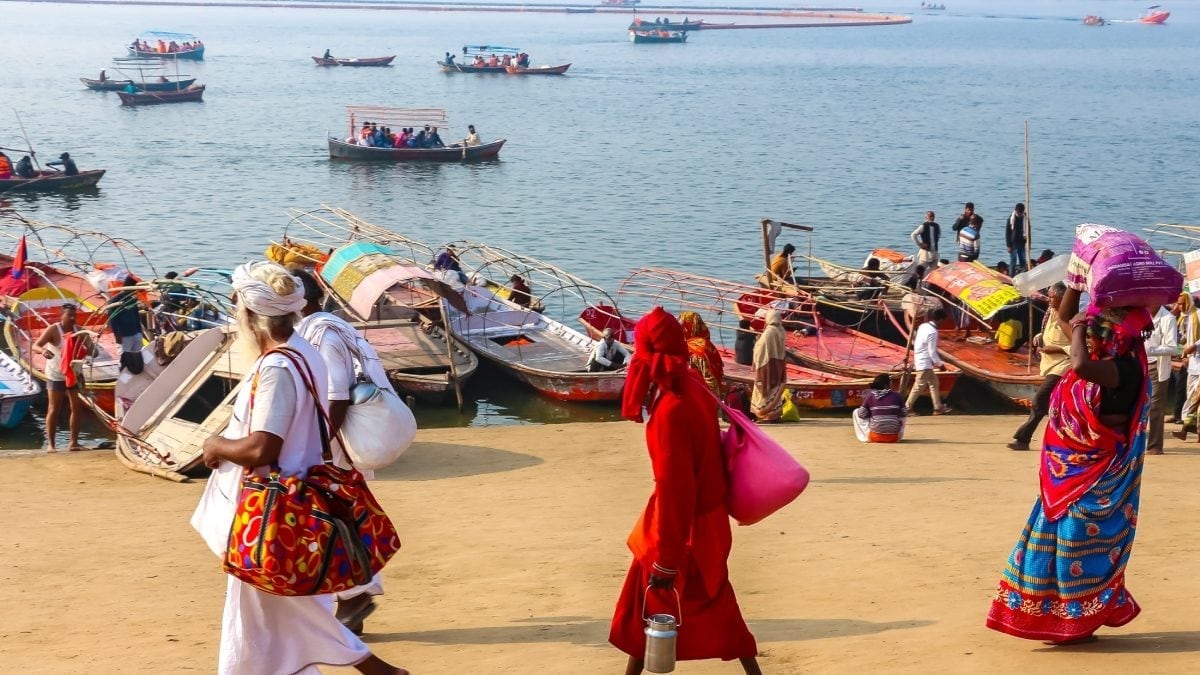
Producer: Priyanka Das Editor: Mohit Bisht | January 06 , 2025
2025 Maha Kumbh Mela: Here’s What To Expect

The Kumbh Mela, known for being one of the largest religious gatherings in the world, occurs every 12 years. The Maha Kumbh Mela will take place in Prayagraj from January 13 to February 26, 2025.
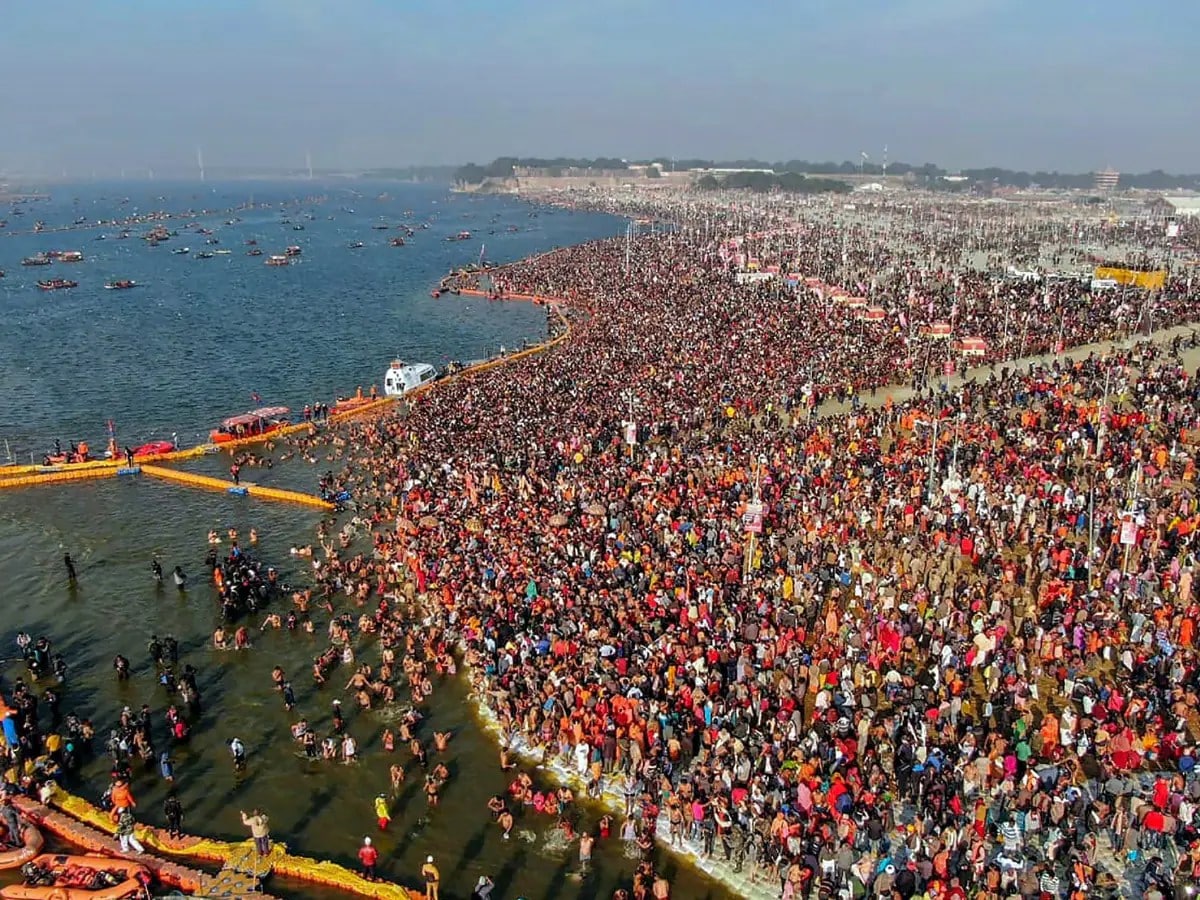

The festival is famous for the sacred ritual of bathing in the rivers which is believed to wash away sins. Alongside the bathing rituals, the Kumbh Mela also features religious talks, cultural performances and processions.
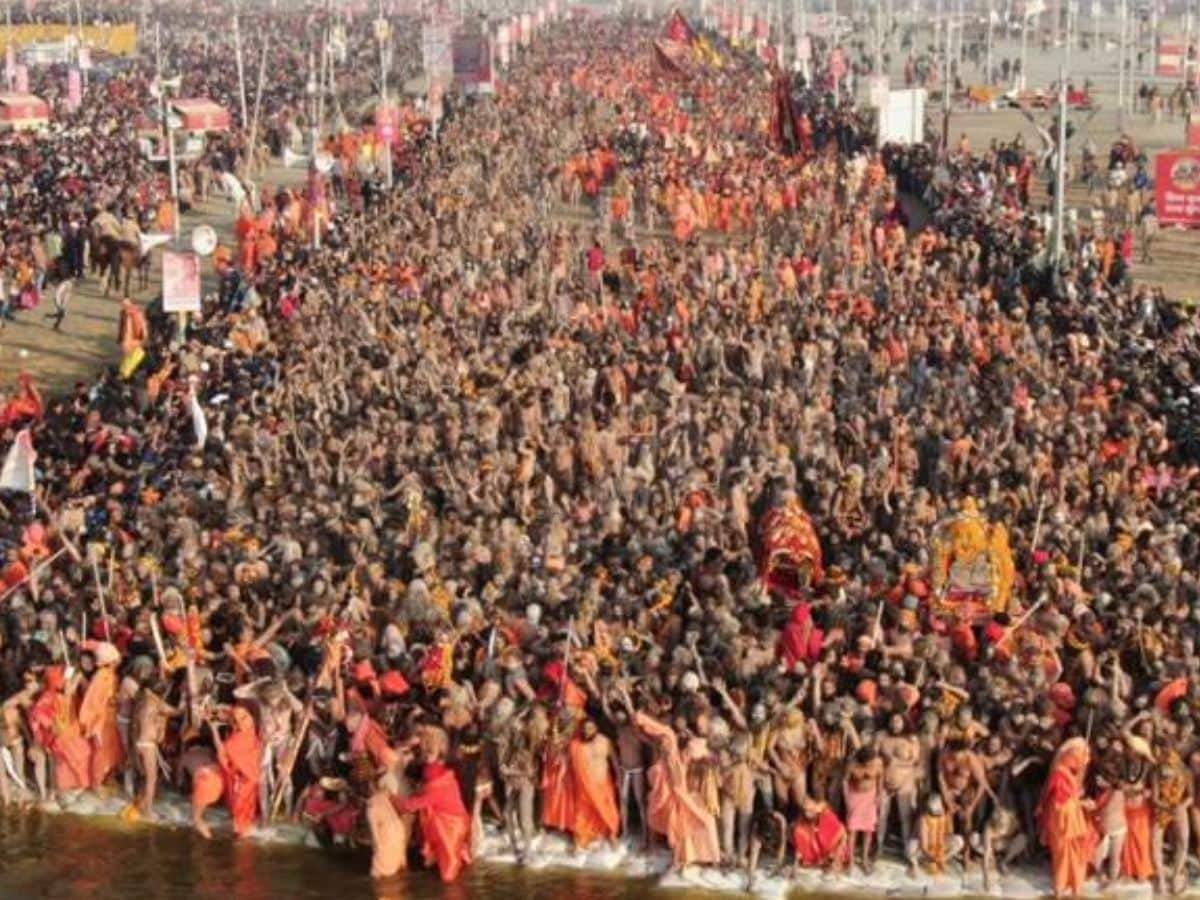

A major part of the Kumbh Mela is the sacred bathing ritual known as snan. Devotees come to Triveni Sangam, where the Ganga, Yamuna and Saraswati meet, to bathe in the holy rivers.
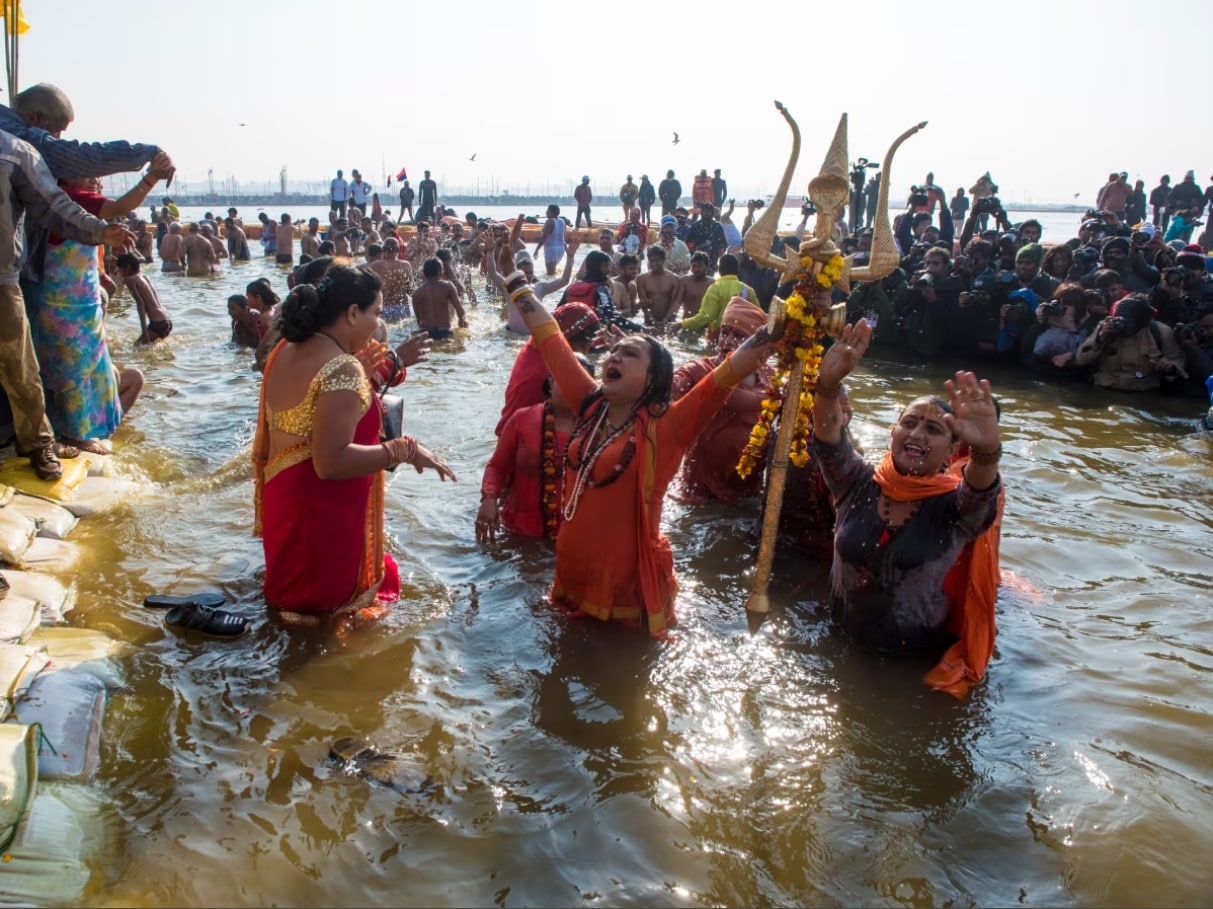

Paush Purnima – January 13, 2025 Makar Sankranti – January 14, 2025 Mauni Amavasya (Somvati) – January 29, 2025 Basant Panchami – February 3, 2025 Maghi Purnima – February 12, 2025 Mahashivratri – February 26, 2025
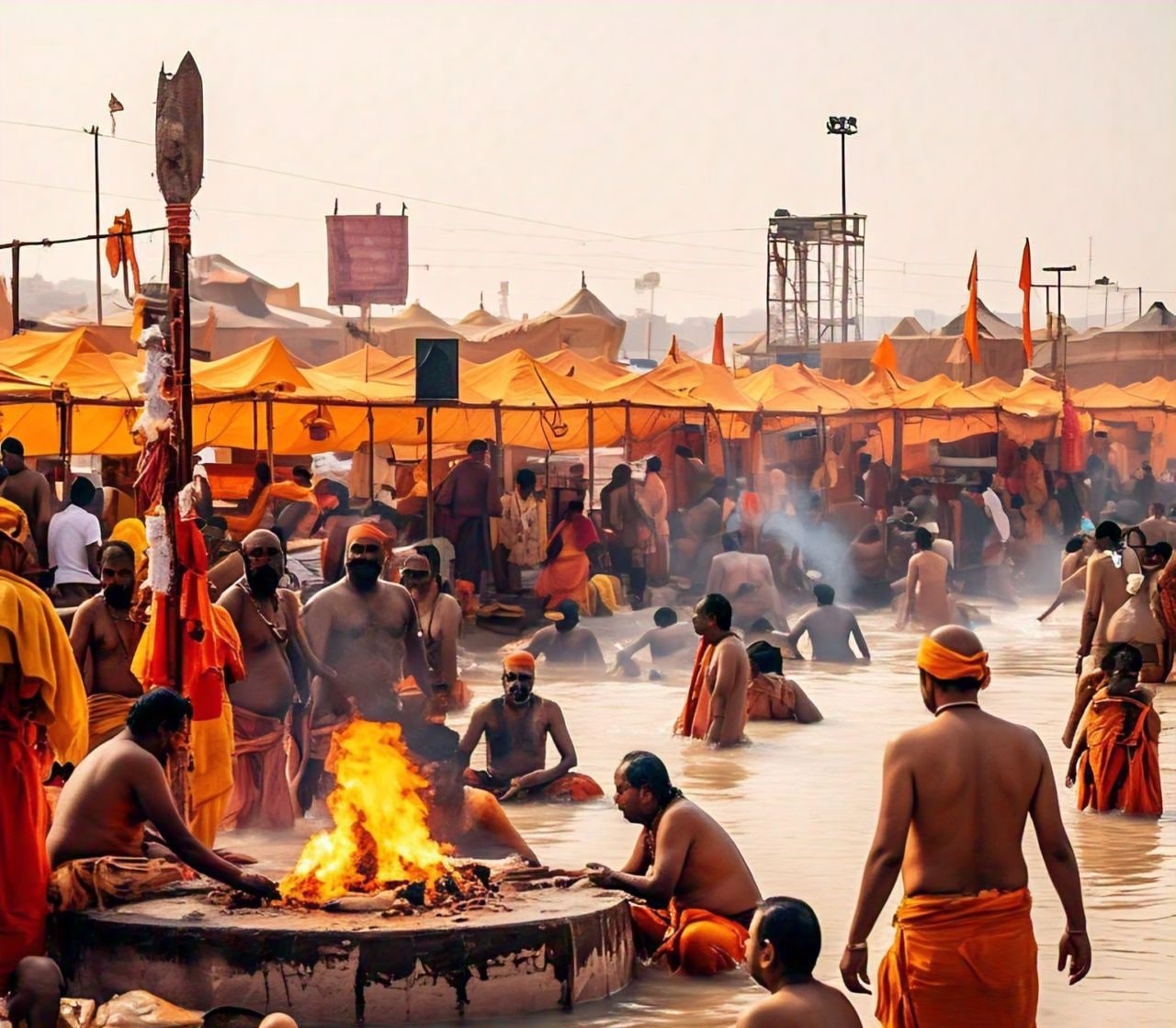
Key dates to remember for the 2025 Maha Kumbh Mela’s snan rituals:
Kalpavas is a special practice where certain devotees, known as Kalpavasi, dedicate a whole month to staying at the Kumbh Mela. During this time, they embrace a simple and spiritual lifestyle.
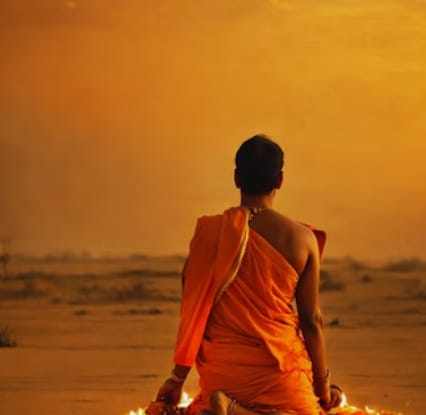
Naga Sadhus are a distinctive group of ascetics known for their intense devotion and warrior-like spirit. These holy men, often seen without clothes and covered in ash, carry weapons like tridents or swords as symbols of their strength.
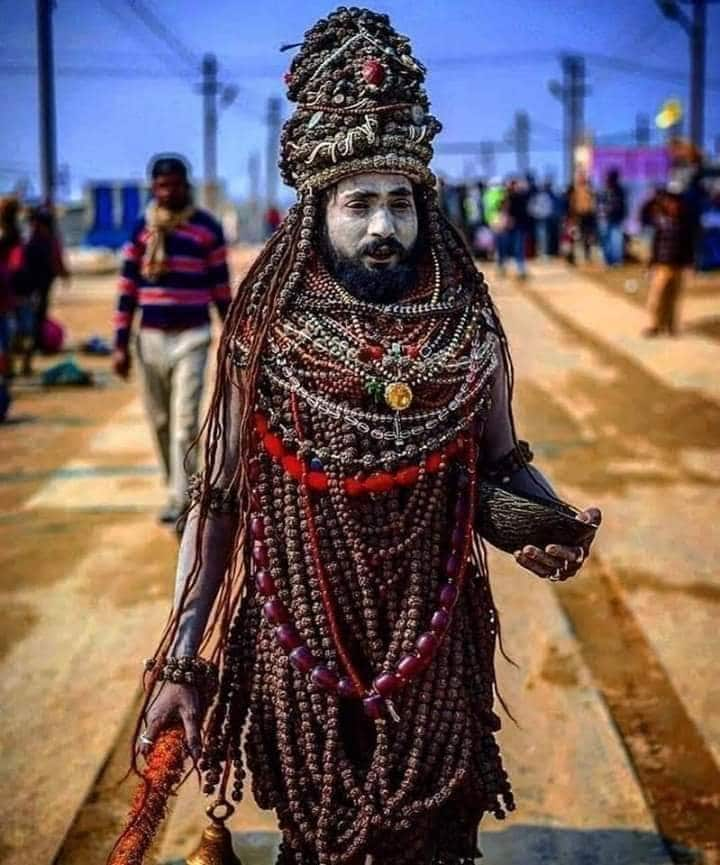
During the Kumbh Mela, many pilgrims take part in a ritual called Pind Daan where they make offerings for their ancestors. This practice is done to honour deceased family members and is believed to bring peace to their souls.
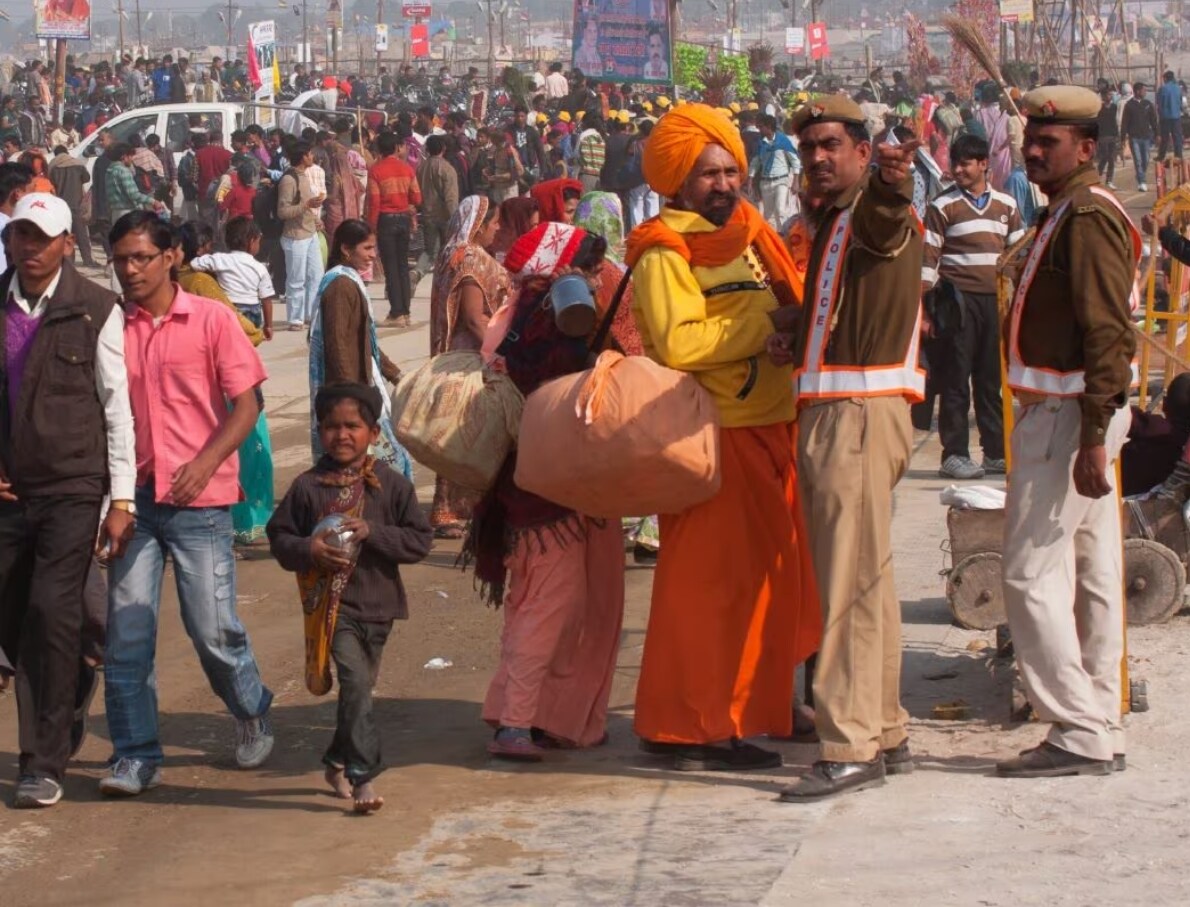
During the Maha Kumbh Mela, the Satsang Foundation will set up a special Yogadham for spiritual seekers from around the world near the Someshwar Mahadev Temple which will occur for 45 days.
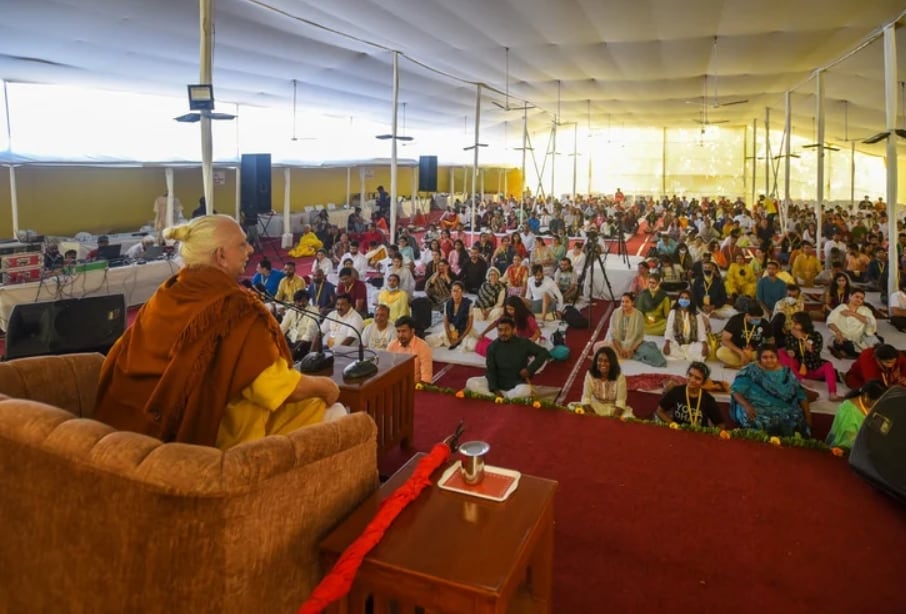
In the evenings at the Kumbh Mela, the riverbanks come alive with the glow of thousands of earthen lamps or diyas. Pilgrims light these lamps and release them onto the river as a gesture of devotion to the gods.
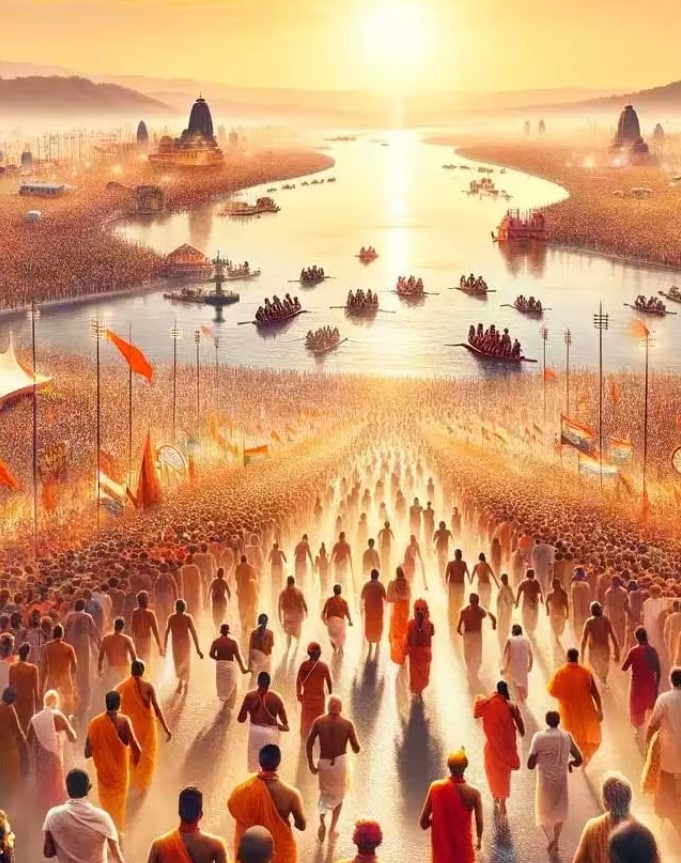
Visitors to the Kumbh Mela can explore the Akharas which are spiritual institutions that preserve Hindu traditions. Divided into sects such as Shaiva and Vaishnava, each Akhara is led by a chief who oversees its activities.
